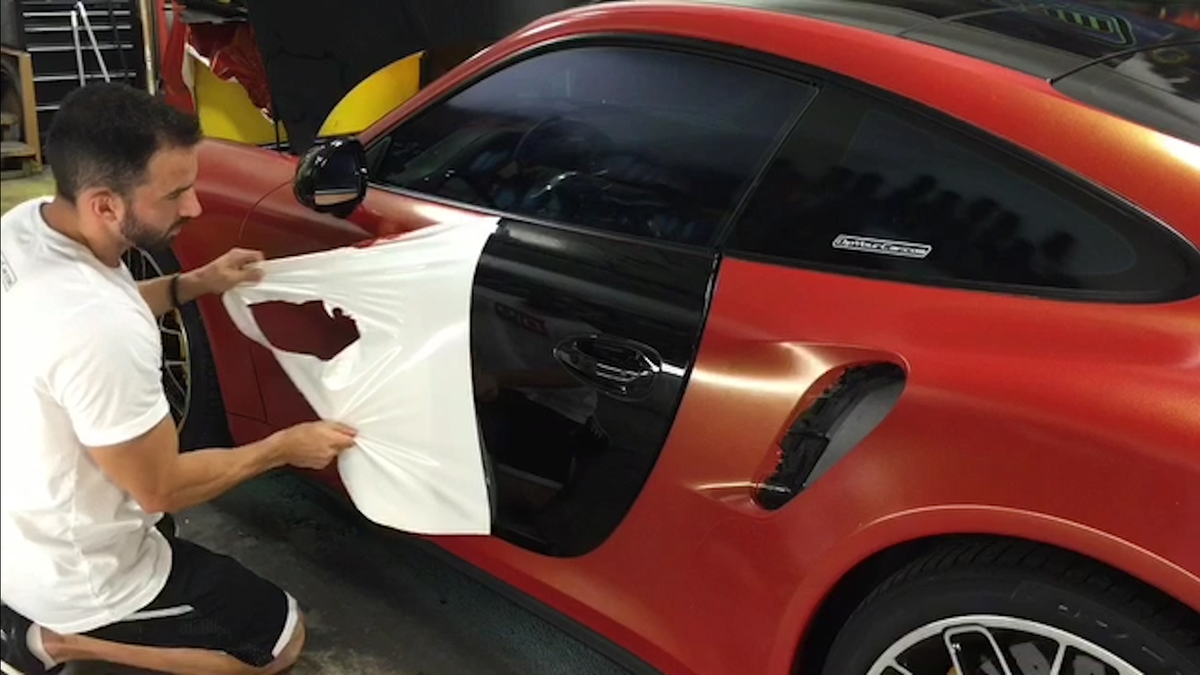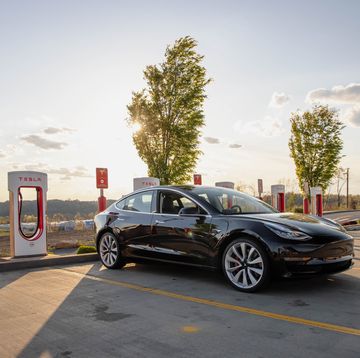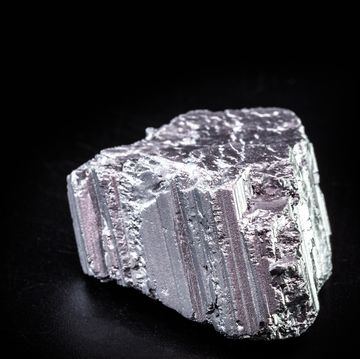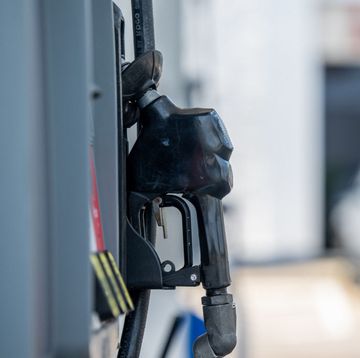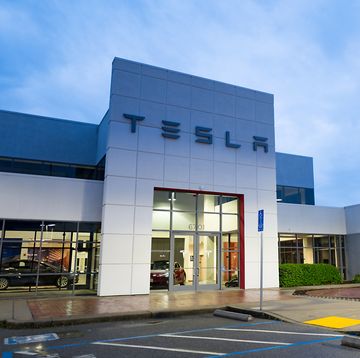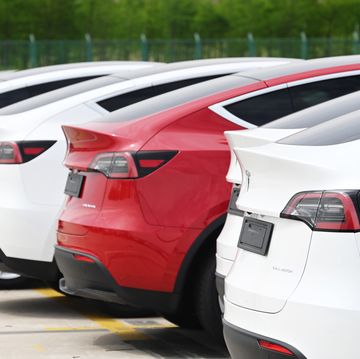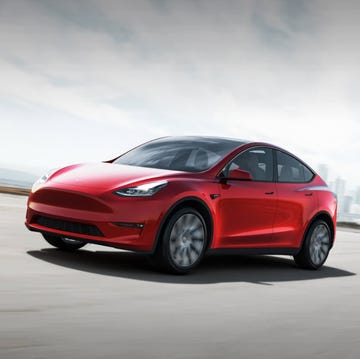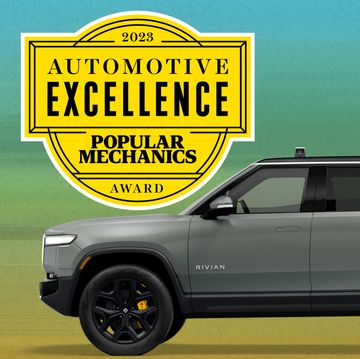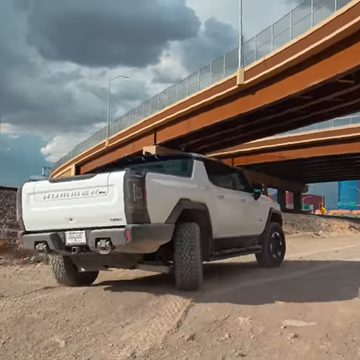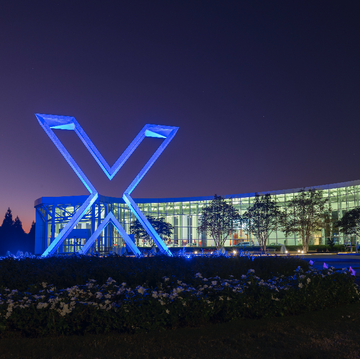- Researchers at Penn State University have found a way to charge the lithium-ion batteries that power electric vehicles in about 10 minutes.
- The ticket to a quick charge, they say, involves heating the battery to about 140 degrees Fahrenheit and then rapidly cooling it down.
- The technique would provide a 200-mile charge without degrading the battery.
Imagine an electric vehicle that can be fully charged in just a matter of minutes. Sounds crazy, right?
Maybe not. Researchers at Penn State University have designed plans for a new type of battery that can provide up to 200 miles of charge in as little as 10 minutes. The scientists reported late last month in the journal Joule that the key to charging the lithium-ion electric car batteries involves heating them up to 140 degrees Fahrenheit and cooling them down within a matter of minutes.
“As long as we limit [a] battery’s exposure time to high temperatures, we can minimize battery damage,” engineer and study author Chao-Yang Wang told Smithsonian.
In most cases, this rapid heating and cooling cycle could cause the batteries to short, but Wang and his colleagues believe they’ve found a way around that by limiting the amount of time the batteries are exposed to the temperatures. This is all thanks to a thin layer of nickel foil, which absorbs the excess heat and distributes the charge evenly across the battery.
This would alleviate a significant challenge that electric vehicles face in the market. Often, charging times are extremely slow, and the mileage per charge isn’t always enough to make it from one charging station to the next on long drives.
We’re probably still a long way from super speedy charges, but scientists and engineers around the world are working to increase mileage and quicken charging times.
Jennifer Leman is a science journalist and senior features editor at Popular Mechanics, Runner's World, and Bicycling. A graduate of the Science Communication Program at UC Santa Cruz, her work has appeared in The Atlantic, Scientific American, Science News and Nature. Her favorite stories illuminate Earth's many wonders and hazards.

